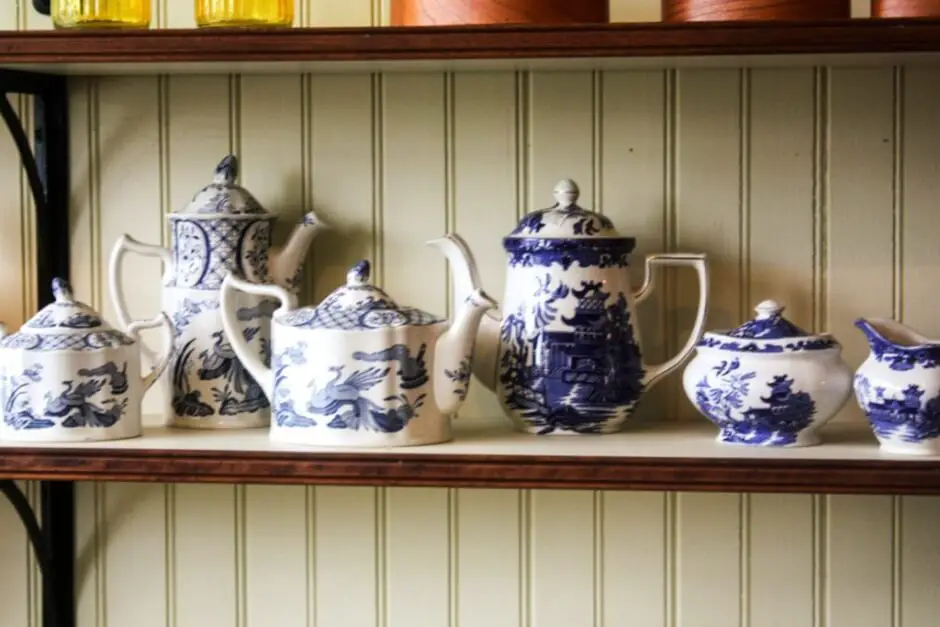Village Historique Acadien Caraquet
How difficult it is to record the story of a people or an ethnic group in words, books and in the spirit, we have experienced in the Village Historique Acadien Caraquet in New Brunswick. Until our visit to this museum village, we had made it easy for us: in most history books and guides it is said that the Akadians were expelled 1755 from New Brunswick and Nova Scotia by the British. Maybe there's a short note about it those who hid in the woods to avoid deportation, and who only ventured out of the back country over time when they realized that there were no further expulsions. In no case have I found any clues as to how these scattered Acadian communities died their lives in an unfriendly environment.
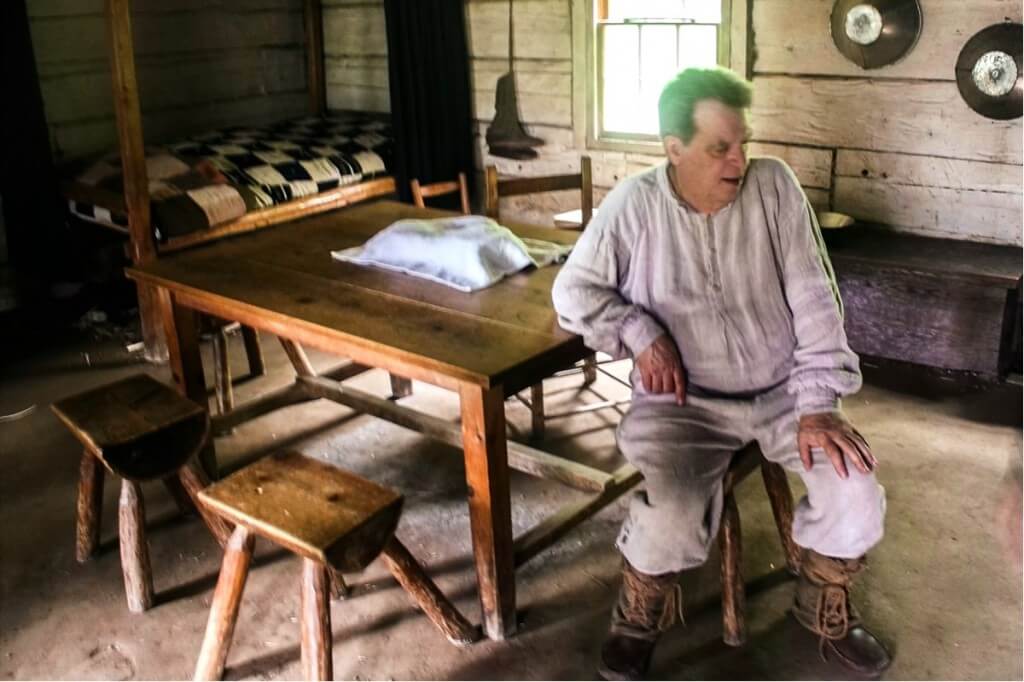
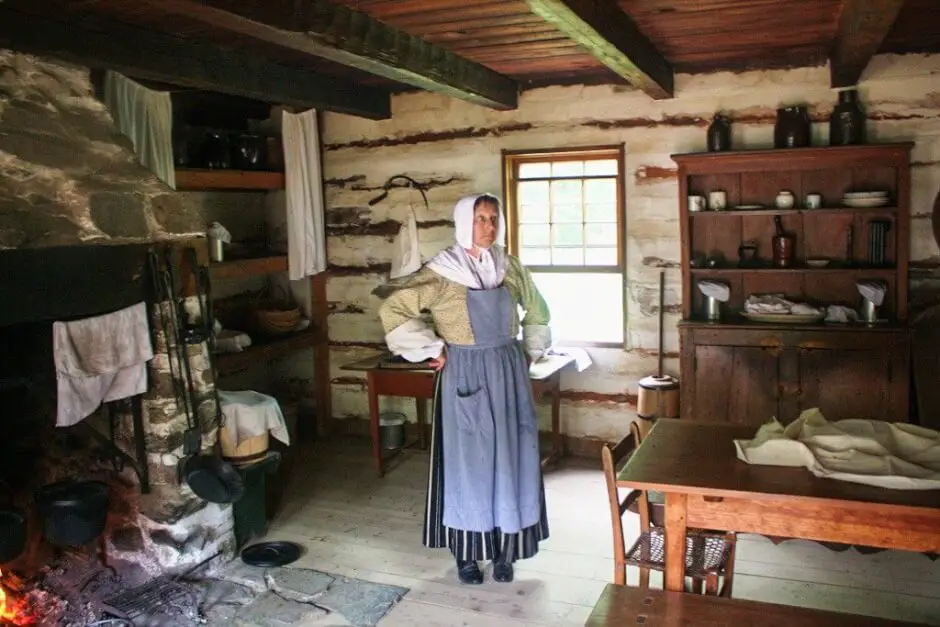
On our journey in the footsteps of the Acadians by New Brunswick For the first time, we learned more about the Acadians' renaissance, thanks in large part to politicians such as Louis J. Robichaud, the first Acadian Prime Minister of New Brunswick. Under him and his successor, the Akadians were slowly gaining the same rights and opportunities as their English-speaking neighbors in the province: French-language colleges were established, the health system reformed, and the equality of the Akadians accelerated.
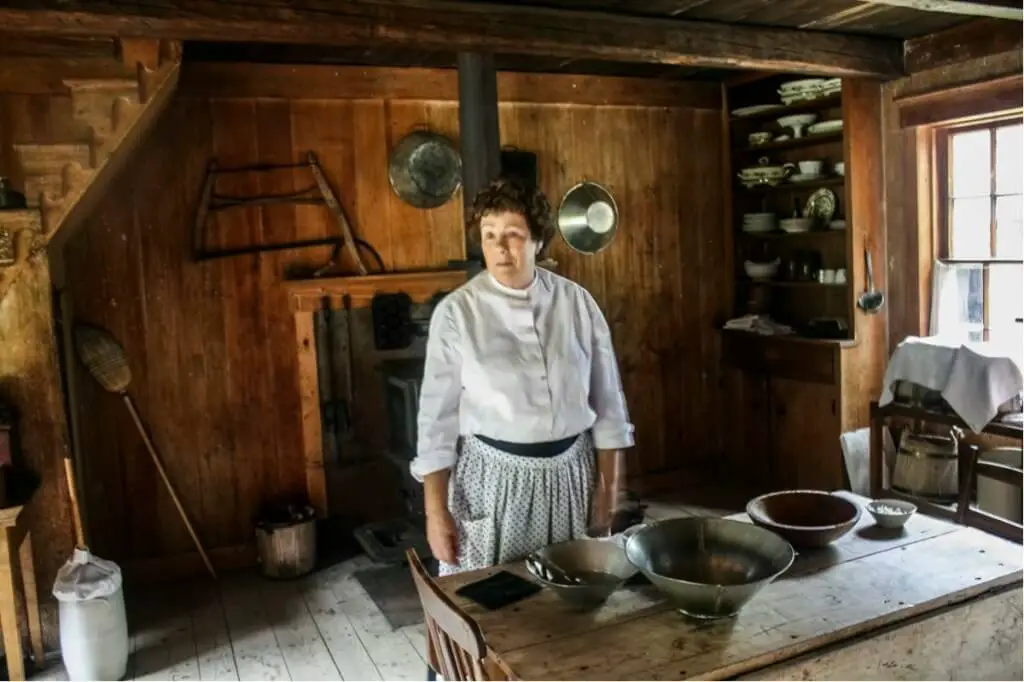

Until then, there were no French-speaking universities where they could acquire higher education. As a result, they led a fairly simple life. Because of the lack of education, they were forced to make a living as self-sufficient. In their villages they grew the things they needed for everyday life. Money was in short supply, as their professional opportunities often only consisted of hiring out as servants to their British neighbors. The laundress Sagouine in Antonine Maillet's book has a very real background.

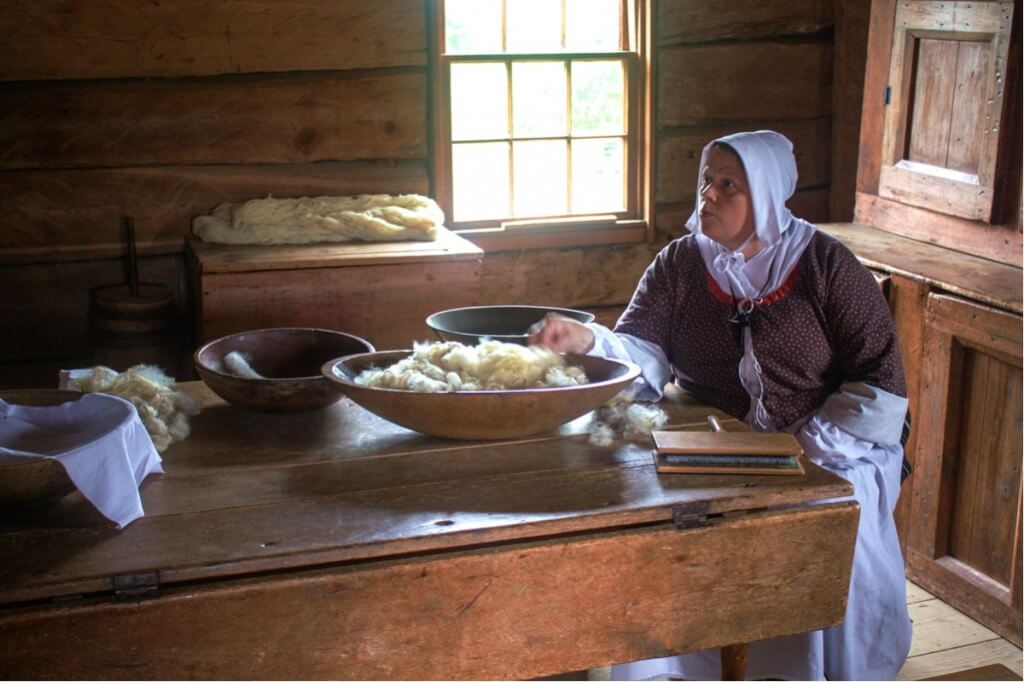
In the Village Historique Acadien Caraquet we experience the Renaissance of the Acadians
At the Village Historique Acadien Caraquet in northern New Brunswick, we had the opportunity to gain insight into the lives of the Akadians who had escaped deportation, and what their descendants looked like in the decades and centuries after the expulsion. Here we get a better understanding of what it does in 19. and 20. Century was called to be born Akadier and to live as such. There, a village has been rebuilt from original Acadian homes, revealing what life looked like.
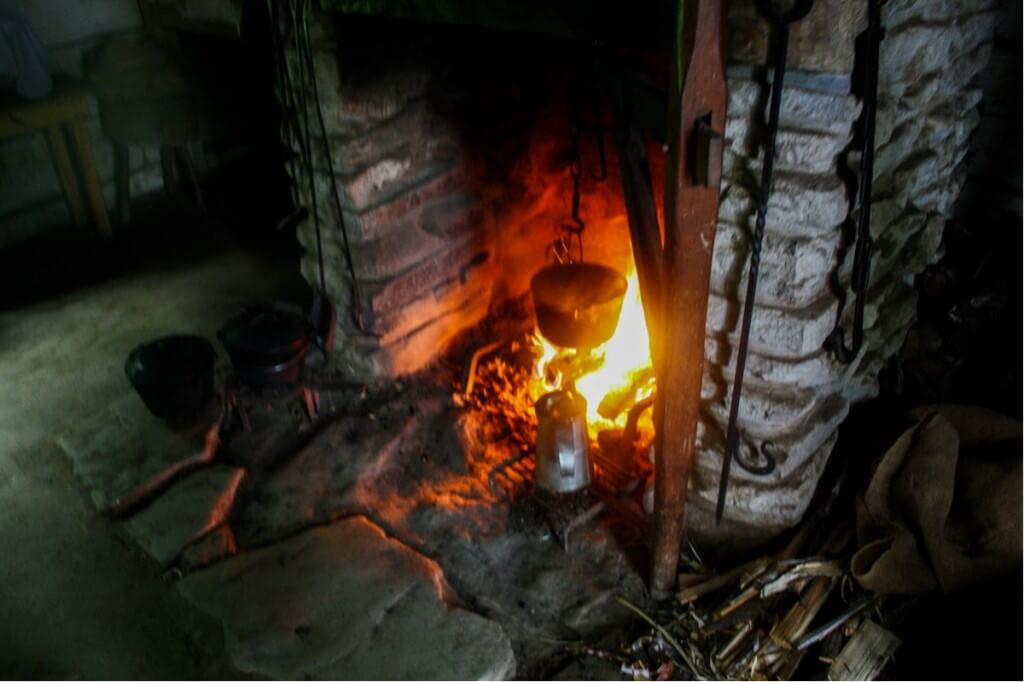
In the second half of the 18. In the twentieth century, as outlaws, they were forced to secretly seek their livelihood in the deep forests of New Brunswick. They behaved quietly for many years, until at last they cautiously and hesitantly demanded their place on the ruins of the ancient Acadia first, then later more openly. Their original lands no longer belonged to them, but they sought new settlements in remote corners of the country, which seemed uninteresting to the new masters. Thus, step by step, they created a living acadia that does not have official status, but declares its existence more and more self-confidently.

This phase of resettlement took place in 18. and 19. Century takes place and comes alive in the Village Historique Acadien Caraquet. In the older houses of the museum village we can see how simple and austere life was in those difficult times. Nevertheless, the weaver, the blacksmith or the village innkeeper show how proud they are of the times in this region, for it shows how much courage and perseverance their ancestors had, their identity, their language and their manners and customs, despite their adversities to keep.
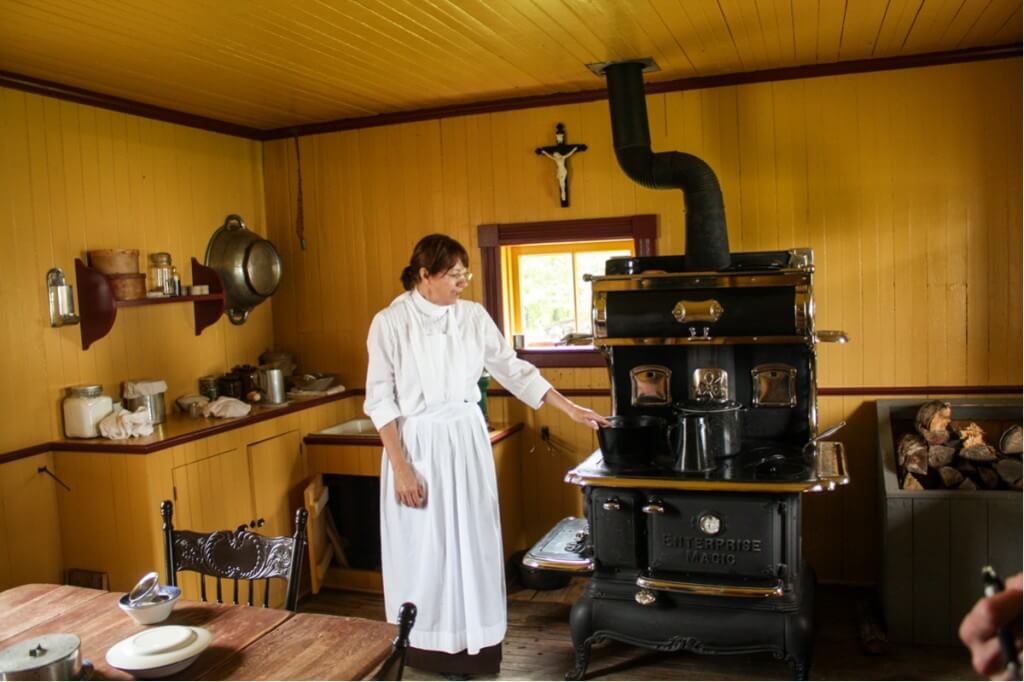
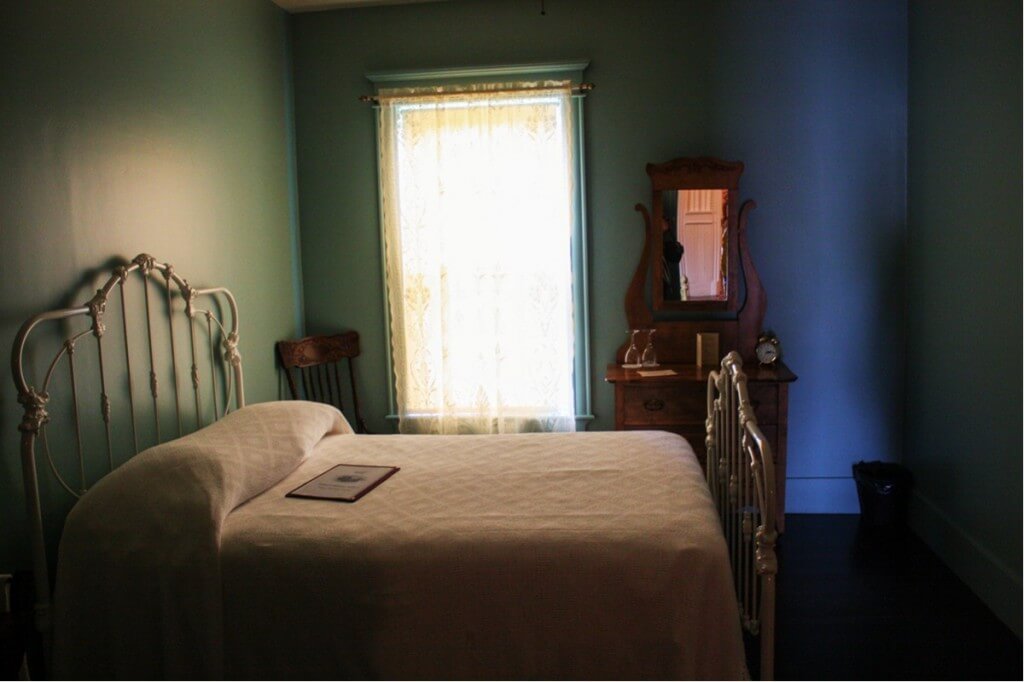
In the houses and streets from the 20. In the 19th century, we quickly realize that modernity is also entering the Akadier communities: progress and new technologies can be seen everywhere, and even the furnishings of residential buildings are becoming more sophisticated and luxurious. Suddenly, carpets are lying on the floor, mirrors are hanging on the wall, sewing machines are in the corner, and the ovens in the kitchens look bigger.

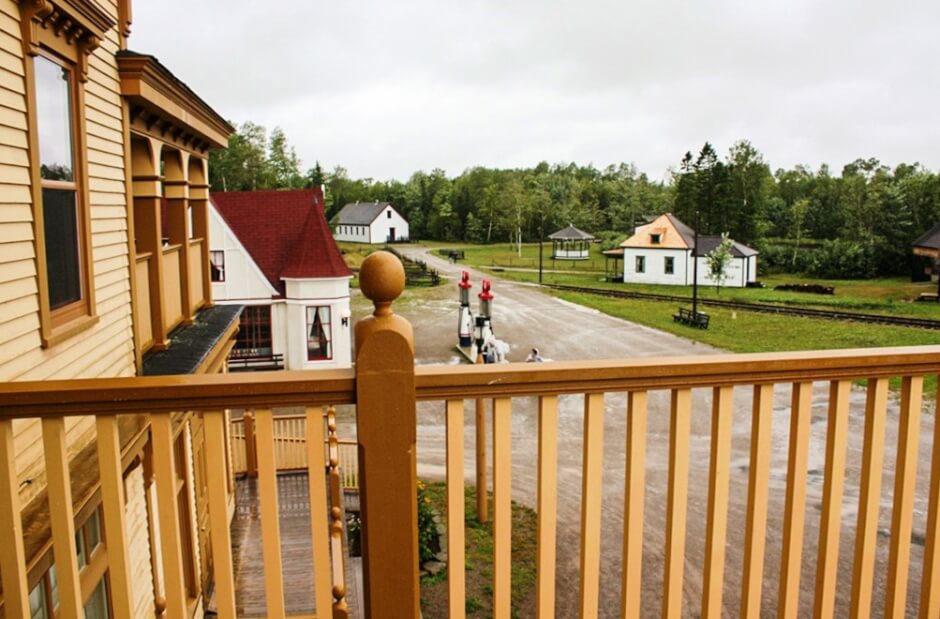
At the time of the deportation there were hardly fifteen thousand who had hidden in the woods, today there are again more than two million. They live in the Atlantic provinces, but also in the regions to which they were deported or fled. In Louisiana today, there are more than a million Cajuns, descendants of the former exiles from Acadia. They can be found in all Canadian provinces, especially in Quebec, on the Falkland Islands, in France or New England. However, most of them are in their old homeland - in the Atlantic provinces of New Brunswick, Nova Scotia and Prince Edward Iceland. Here they have chosen their own flag, here they have a national anthem, and here they have their own institutions. And they now have the same rights as all the other inhabitants of these three provinces. In New Brunswick, their language is the official language alongside English. This makes New Brunswick the only province in Canada that is officially bilingual.
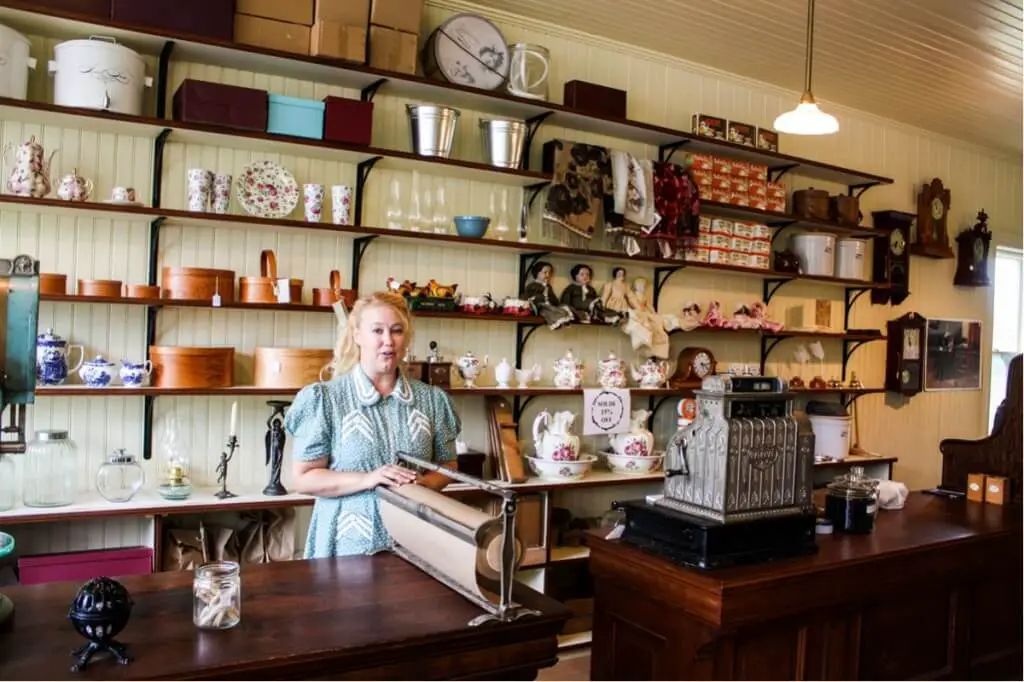
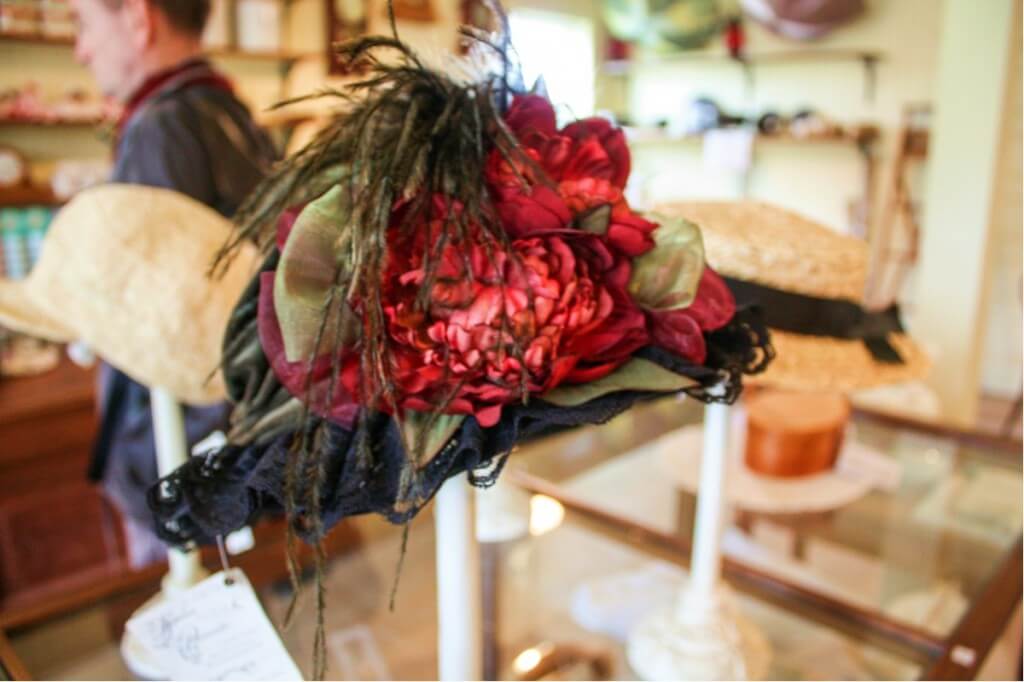


Nowhere in our journey have we come to know and understand the Renaissance of the Acadians better than in the Village Historique Acadien. If you want to take a look at this, you should plan a lot of time on your trip - ideally a whole day - because the village is very spacious and large. In the houses people are waiting for you, who explain and live the everyday life of the time. We watch a spinner turning wool from the sheep from the village into thick strands. In the next house, the woman of the house is just getting freshly baked Buchteln from the wood-burning oven, and in front of the house a horse-drawn carriage delivers freshly chopped wood. Home-made schnapps is still served in the village pub, and the taverna serves simple food, as was customary in those times in the Acadian Houses. Take your time and dive into the life of the Acadians in the Village Historique Acadien Caraquet!
Further information:
Village Historique Acadien in Caraquet
NB 11, Rivière du Nord,
Caraquet, NB
Canada
Travel Arrangements:
Parking at the airport
Here you can reserve your parking space at the airport.
Arrival:
Book yours here Arrival by plane, bus or train*. Air Canada, Condor and Icelandair fly from Germany to various airports in eastern Canada.
Car Rentals:
Cheap car hire - book quickly and easily!
Hotels:
Hotels on the Acadian peninsula* You can book through our partner booking.com.
Source: own research on site. We thank Tourism New Brunswick and the Village Historique Acadien Caraquet for the kind invitation to this trip. Our opinion remains our own.
Text: © Copyright Monika Fuchs, TravelWorldOnline
Photos © Copyright Monika Fox, TravelWorldOnline
